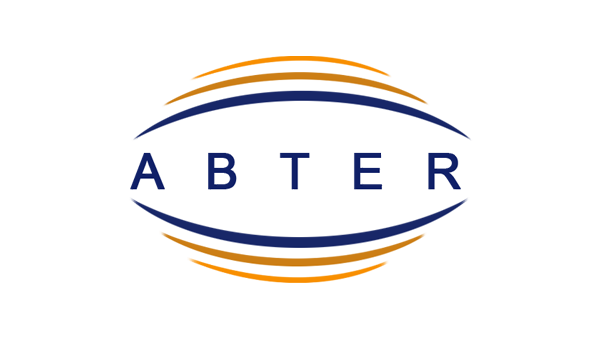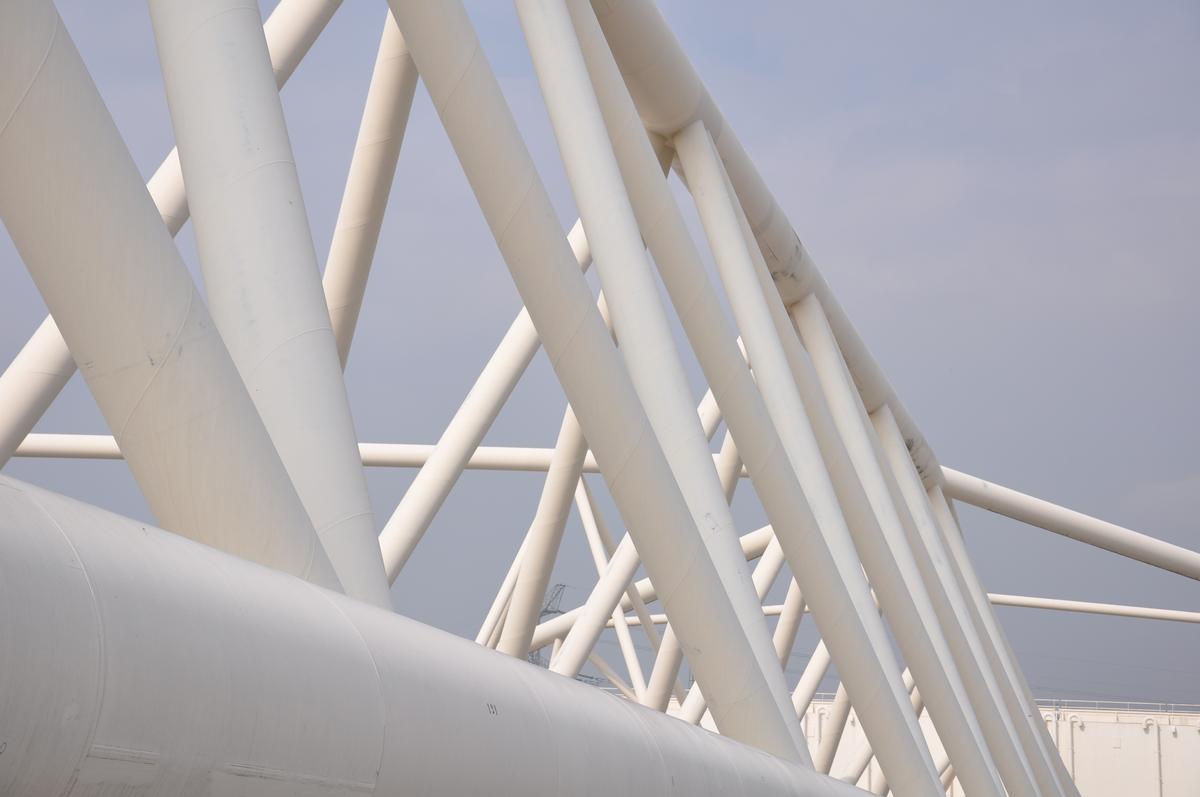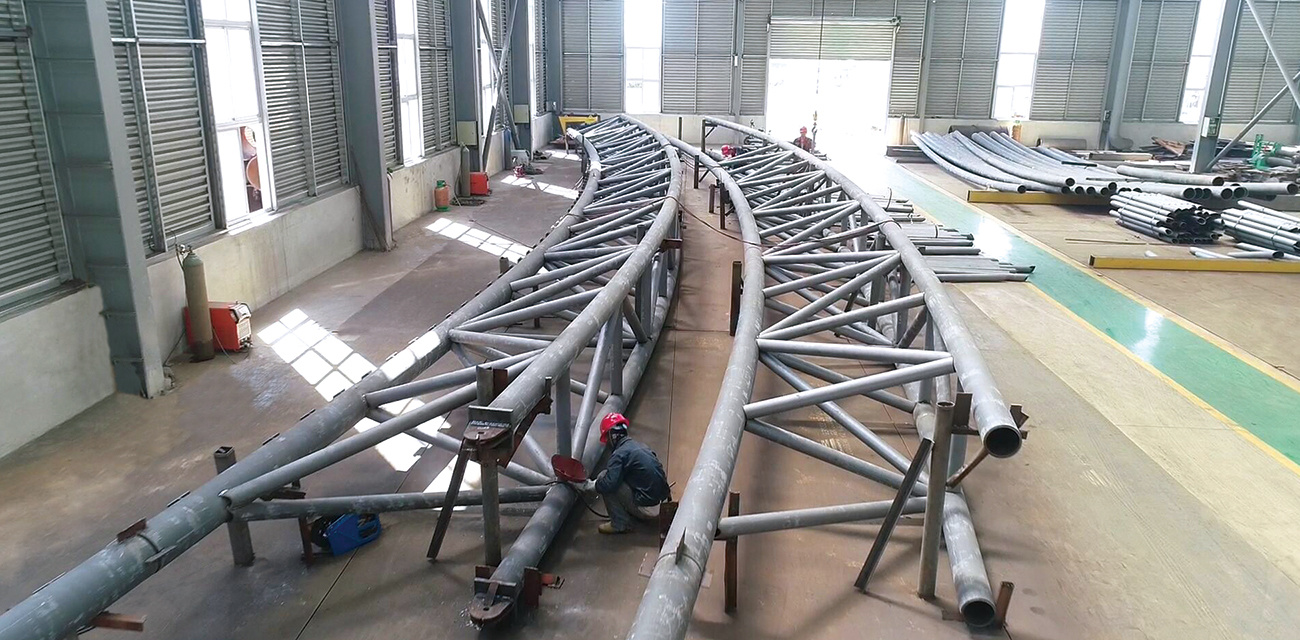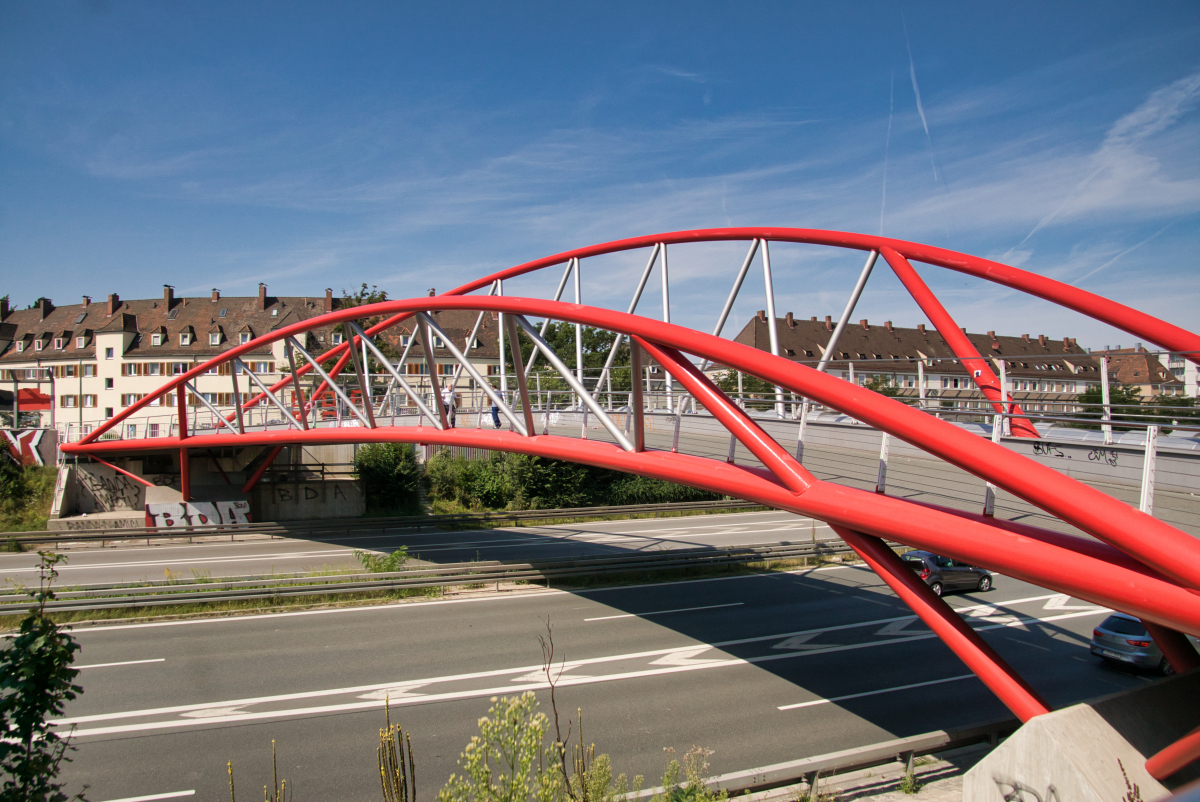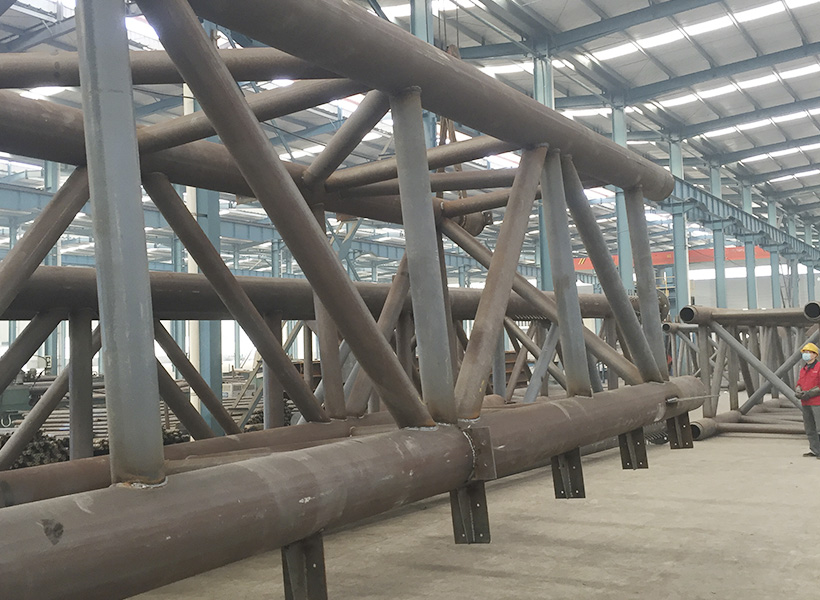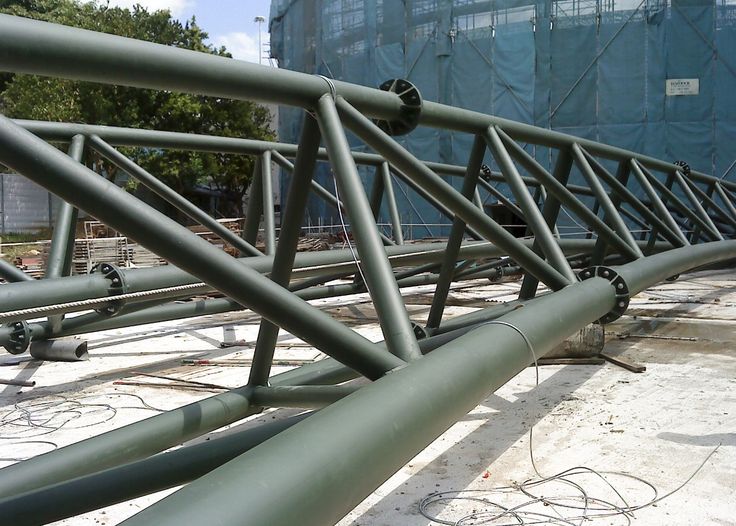The Uncompromising Arc: A Deep Dive into ASTM A860 WPHY High-Yield Carbon Steel Pipe Bends
The modern infrastructure of global energy conveyance relies profoundly on a network of colossal pipelines, transporting oil, natural gas, and refined petroleum products across continents under immense pressure. These pipelines, often constructed from high-strength, low-alloy (HSLA) steels conforming to standards like API 5L (grades X42 through X80), require equally robust and reliable fittings to navigate changes in direction. At the intersection of high pressure, structural integrity, and demanding field weldability stands the ASTM A860 standard, specifically governing high-yield butt-welding fittings, designated WPHY.
This standard is not merely a set of dimensional rules; it is a meticulous commitment to metallurgical superiority and manufacturing rigor. The grades, ranging from WPHY 42 up through WPHY 70, represent a spectrum of strength capabilities, where the number corresponds to the guaranteed minimum yield strength in kilopounds per square inch (ksi). To produce a pipe bend—a component subjected to extreme forming stress—while guaranteeing these high-yield properties and maintaining field-weldability is one of the signal achievements of material engineering and fabrication.
This article delves into the essential nature of ASTM A860 WPHY pipe bends, exploring the critical role of HSLA metallurgy, the complex thermodynamics of post-forming heat treatment, the exacting requirements for dimensional control, and the uncompromising quality assurance demanded for components destined for high-stakes, high-pressure environments. The integrity of the pipeline hinges on the strength and precision of these connecting arcs.
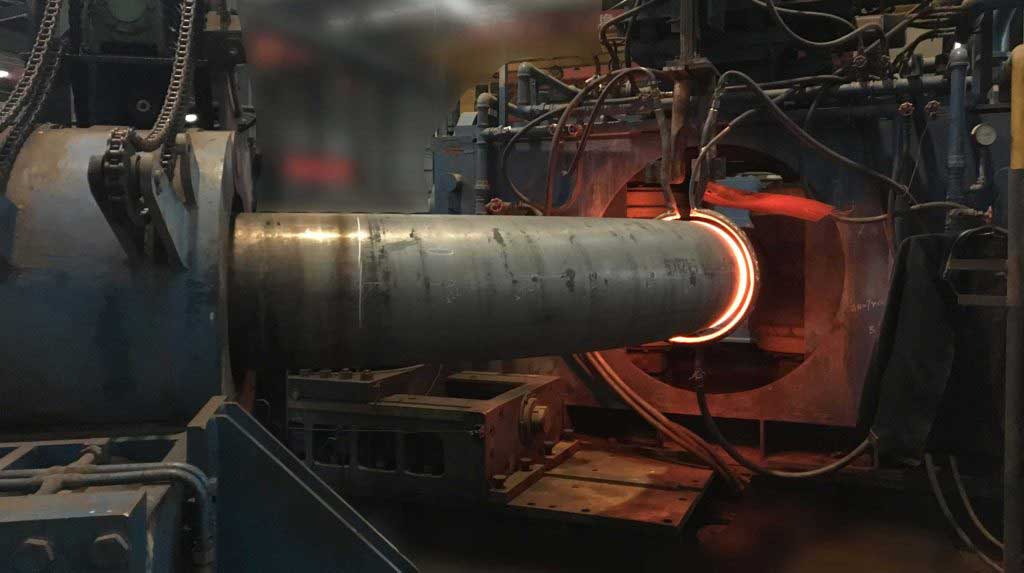
1. The Imperative of Strength and Weldability: Defining the WPHY Standard
The necessity for ASTM A860 WPHY fittings stems directly from the evolution of modern pipeline design. Historically, pipelines were constructed using lower-strength steels. However, to increase flow capacity and transport efficiency, modern lines operate at pressures exceeding $1,000 \text{ psi}$ (70 bar), necessitating pipe materials with high Specified Minimum Yield Strength (SMYS), such as API 5L X65 or X70.
A chain is only as strong as its weakest link. If a bend or elbow used to change the pipe’s direction possessed a lower yield strength than the connecting pipe, that fitting would become the designated failure point under pressure. Therefore, A860 WPHY fittings are explicitly designed to match the mechanical strength of the connected high-strength pipe, ensuring seamless structural continuity throughout the system.
The core designation, WPHY (Weldable High-Yield), embodies the standard’s central engineering dilemma: achieving high strength while preserving weldability.
-
High Strength: In steel, high strength is typically achieved by increasing the carbon content, which forms hard pearlite and martensite phases.
-
Weldability: High carbon content severely compromises weldability. During field welding, the heat-affected zone (HAZ) surrounding the weld cools rapidly, leading to the formation of hard, brittle martensite, making the weld susceptible to cracking, especially hydrogen-induced cracking (HIC).
ASTM A860 solves this conundrum by mandating the use of High-Strength, Low-Alloy (HSLA) Steel. This metallurgical approach uses minimal Carbon (keeping the Carbon Equivalent, or CE, low) and instead relies on precise additions of micro-alloying elements—such as Vanadium (V), Niobium (Nb), and Titanium (Ti)—combined with thermal treatments to achieve grain refinement and precipitation hardening. This allows the material to meet the high-yield requirement while remaining predictably weldable in the field, a critical factor for the safety and efficiency of pipeline construction.
2. The Alchemy of HSLA: Chemical Composition and Metallurgical Design
The chemical composition of A860 WPHY fittings is a highly controlled formula designed to maximize strength without penalizing weldability. The standard sets strict maximum limits, particularly on Carbon and the impurities Phosphorus (P) and Sulfur (S). The difference between a WPHY 42 and a WPHY 70 is often subtle on paper but involves significant changes in the micro-alloying strategy and subsequent heat treatment.
The Carbon Equivalent (CE) Imperative
While the standard lists maximum percentages for individual elements, the true measure of weldability is often derived from the Carbon Equivalent (CE) calculation, typically using the International Institute of Welding (IIW) formula:
ASTM A860 implicitly demands a low CE, often requiring it to be significantly less than $0.45$, and sometimes below $0.40$, particularly for higher grades. This ensures that the HAZ of the field weld remains ductile and less prone to cold cracking.
The Role of Micro-Alloying Elements
-
Manganese (Mn): The most common strengthening element after Carbon. It also aids in deoxidation and improves hot-working characteristics.
-
Vanadium (V) and Niobium (Nb): These are the key micro-alloying elements for HSLA steels. They form fine carbonitride precipitates within the steel matrix, which effectively pins the grain boundaries and dramatically increases yield strength through precipitation hardening and grain refinement. Niobium also refines the grain structure during normalizing heat treatment.
-
Sulfur and Phosphorus: Kept extremely low (often $\leq 0.015\%$) to minimize non-metallic inclusions, which are primary sites for crack initiation and reduce toughness. Low sulfur is especially critical for sour service applications (pipelines carrying gas with $\text{H}_2\text{S}$), where high sulfur increases susceptibility to stress corrosion cracking (SCC).
The following table summarizes the general maximum chemical composition for the primary WPHY grades, highlighting the stringent control required:
| Material Grade | C (max %) | Mn (max %) | P (max %) | S (max %) | Si (max %) | V, Nb, Ti (Total max %) |
| WPHY 42 | 0.20 | 1.35 | 0.030 | 0.030 | 0.50 | 0.15 |
| WPHY 52 | 0.20 | 1.40 | 0.030 | 0.030 | 0.50 | 0.15 |
| WPHY 60 | 0.20 | 1.45 | 0.030 | 0.030 | 0.50 | 0.15 |
| WPHY 70 | 0.20 | 1.60 | 0.030 | 0.030 | 0.50 | 0.15 |
| Note: The actual specifications for P, S, Si, and micro-alloys are often tighter than shown, and grades WPHY 65 and 70 often require specific Q&T treatment, leading to even lower effective CE. |
3. The Manufacturing Alchemist: Forming and Property Restoration
The process of creating a pipe bend, whether a standard 3R elbow or a larger radius field bend, involves subjecting the material (which is either seamless pipe, ERW pipe, or plate rolled and welded into a pipe section) to severe mechanical and thermal stress. This forming process fundamentally alters the material’s microstructure and, critically, the mechanical properties.
The Challenge of Hot Forming
A typical mandrel-formed elbow is made by pushing a straight pipe section over a die (mandrel) and heating it locally. The stretching, bending, and deformation cause:
-
Differential Strain: The intrados (inside radius) is compressed and thickened, while the extrados (outside radius) is stretched and thinned. This severe deformation can locally destroy the beneficial grain structure (e.g., fine-grained bainite) established in the pipe material (often TMCP-processed).
-
Loss of Yield Strength: The heat and deformation can undo the carefully engineered strength mechanisms (like precipitation hardening), causing the yield strength to drop below the required minimum.
Heat Treatment Requirements: The Restorative Magic
To restore the properties and meet the A860 minimum requirements, a post-forming heat treatment is mandatory. The severity of the heat treatment is dictated by the grade:
-
Normalizing (N): Used primarily for the lower grades (WPHY 42, 46, 52). Normalizing involves heating the fitting above its upper critical temperature and cooling it in still air. This recrystallizes the material, refines the grain size, and homogenizes the microstructure, alleviating stress and restoring a uniform, predictable minimum yield strength throughout the fitting.
-
Quenching and Tempering (Q&T): Essential for the higher grades (WPHY 60, 65, 70). The fitting is heated to the austenitic range, rapidly cooled (quenched) in a controlled medium (water/oil) to form a hard martensitic/bainitic structure, and then reheated (tempered) to convert the hard, brittle structure into a tough, high-strength final product. This treatment is necessary to achieve the minimum yield strengths of $60 \text{ ksi}$ and above.
| Material Grade | Mandatory Post-Forming Heat Treatment | Purpose |
| WPHY 42, 46, 52 | Normalizing (N) or Normalizing & Tempering (N&T) | Restore uniform fine grain structure and mechanical properties, relieve stress. |
| WPHY 60, 65, 70 | Quenching and Tempering (Q&T) | Achieve the high minimum yield strength required, enhance toughness. |
The effectiveness of this heat treatment must be verified by extensive Tensile Testing and Impact Testing from test coupons cut from the finished fitting or a sacrificial representative piece.
4. Specification and Guaranteed Performance: Tensile and Toughness Requirements
The WPHY designation is primarily a promise of mechanical strength, which must be rigorously verified. The standard sets specific minimum values for Yield Strength ($R_{eH}$), Tensile Strength ($R_m$), and Elongation ($A$), ensuring the fitting structurally matches the pipe.
Tensile Requirements
The guaranteed minimum yield strength is the numerical basis for the grade name (e.g., WPHY 52 guarantees $52 \text{ ksi}$).
| Material Grade | Minimum Yield Strength (ksi / MPa) | Minimum Tensile Strength (ksi / MPa) | Minimum Elongation (A,%) |
| WPHY 42 | 42 / 290 | 60 / 415 | 22 |
| WPHY 46 | 46 / 315 | 66 / 455 | 22 |
| WPHY 52 | 52 / 360 | 72 / 500 | 22 |
| WPHY 60 | 60 / 415 | 75 / 520 | 20 |
| WPHY 65 | 65 / 450 | 77 / 530 | 20 |
| WPHY 70 | 70 / 485 | 82 / 570 | 18 |
The relationship between Yield Strength and Tensile Strength is critical. A high ratio (e.g., $YS/TS > 0.85$) is often desirable for pipeline steel, indicating material efficiency. A860 maintains controlled limits to ensure the fitting retains sufficient Tensile Strength (the ultimate failure point) above the Yield Strength, allowing for a margin of safety and plasticity before catastrophic failure.
Toughness and Impact Requirements
For pipeline service, particularly in cold climates or for gas transmission, toughness is paramount. A brittle material could fracture catastrophically from a small defect or stress concentration. ASTM A860 mandates Charpy V-Notch (CVN) Impact Testing at specified minimum temperatures (often $0^{\circ}\text{C}$ or colder). The test requires the material to absorb a minimum amount of energy (e.g., 40 Joules) before fracturing. This ensures the fitting possesses sufficient ductility and resistance to brittle fracture under operational stresses.
5. Dimensional Control and Integrity: Wall Thickness and Ovality Tolerances
A bend is defined by its geometry, and the integrity of a high-pressure bend is fundamentally dependent on precise dimensional control. The primary dimensional challenges for A860 WPHY bends are maintaining the minimum required wall thickness and ensuring roundness (ovality) at the ends for welding.
Tolerance of Thickness Schedules
The most critical tolerance is the wall thickness on the intrados (inside radius). Since this area is stretched during forming, it thins. The ASTM A860 standard requires that the finished fitting, after forming and heat treatment, must maintain a minimum wall thickness that meets the schedule requirements specified for the connected pipe (e.g., ASME B36.10M schedules).
The tolerance is usually expressed relative to the nominal wall thickness ($t$):
This means that no point on the fitting can be less than $87.5\%$ of the specified nominal wall thickness. This strict minimum thickness is non-negotiable, as it directly relates to the pressure containment capacity. Manufacturers must start with a heavier gauge pipe or plate to account for the thinning that occurs during the hot-forming process.
| Parameter | Tolerance Requirement | Engineering Implication |
| Wall Thickness (WT) | Minimum thickness: $87.5\%$ of nominal WT | Ensures minimum required pressure containment strength after forming. |
| Outside Diameter (OD) | $\pm 1\%$ of the nominal OD (or tighter on request) | Critical for proper alignment during field welding to the pipe. |
| Ovality (Out-of-Roundness) | Must be within $1\%$ of the nominal OD | Ensures the circular cross-section is maintained at the welding ends for a sound, full-penetration butt weld. |
| Center-to-End Dimension (C-E) | Typically $\pm 1.5 \text{ mm}$ (for common sizes) | Ensures accurate pipe routing and alignment of the entire pipeline system. |
Non-Destructive Examination (NDE)
Given the high stresses and critical nature of these fittings, extensive NDE is mandatory under A860.
-
Magnetic Particle or Dye Penetrant Inspection (MPI/DPI): Used to check for surface cracks or laps, especially on the critical intrados and extrados surfaces that have undergone severe plastic deformation.
-
Radiographic or Ultrasonic Testing (UT): Used to check for internal defects, particularly in the fusion welds if the fitting was fabricated from plate (Electric Fusion Welded). The entire length of the weld must be fully examined.
-
Hydrostatic Testing: Although the fitting itself is rarely hydrostatically tested alone, the manufacturing process assumes the fitting is capable of meeting the specified pipeline pressure capacity.
6. Application and Features: The Role of WPHY Bends in Energy Transmission
The ASTM A860 WPHY pipe bends are the unsung heroes of energy transmission infrastructure, providing the necessary change in direction without compromising the integrity of the high-pressure system.
Key Features Summary
| Feature Category | Descriptive Feature | Functional Advantage |
| Structural Integrity | High Yield Strength (42 to 70 ksi) | Matches the strength of modern pipeline steels (API 5L X42 to X80); enables high-pressure operation. |
| Field Reliability | Low Carbon Equivalent (CE) | Ensures excellent field weldability and minimizes the risk of cold cracking in the HAZ. |
| Safety | High Toughness (Mandatory CVN Testing) | Guarantees resistance to brittle fracture, especially in low-temperature service or sour gas applications. |
| Dimensional Assurance | Strict Wall Thickness Tolerance | Ensures minimum pressure containment capacity is maintained after the severe forming process. |
| Microstructure | Mandatory Post-Forming Heat Treatment (N or Q&T) | Restores and optimizes the mechanical properties lost or altered during the hot-forming process. |
Applications
-
Long-Distance Oil and Gas Transmission Pipelines: Utilized for all changes in direction, where high pressure and large diameters are common. WPHY 52 to WPHY 70 grades are frequently specified to match X52 to X70 line pipe.
-
Compressor and Pumping Stations: Used for manifolding, tie-ins, and high-pressure station piping where the combination of pressure surges and fatigue loading is most severe.
-
Offshore Risers and Subsea Pipelines: Components for submerged pipelines requiring maximum reliability, low CE for wet welding applications, and excellent fracture toughness.
-
Power Generation and Process Piping: High-pressure steam and process lines in power plants and petrochemical facilities, particularly where the pipe material is HSLA.
The Unwavering Reliability of the A860 Arc
The ASTM A860 WPHY carbon steel pipe bend is an extraordinarily engineered product. It is a fusion of advanced metallurgy, where high strength is achieved through micro-alloying rather than high carbon, and meticulous fabrication, where the stresses of forming are negated by controlled heat treatment. The rigorous requirements governing the grades, the chemical composition’s emphasis on low CE, the necessary restorative heat treatment (Normalizing or Quenching and Tempering), and the absolute demands of dimensional accuracy (especially the minimum wall thickness) collectively ensure that these fittings provide an uncompromising structural link in the world’s most critical energy infrastructure.
